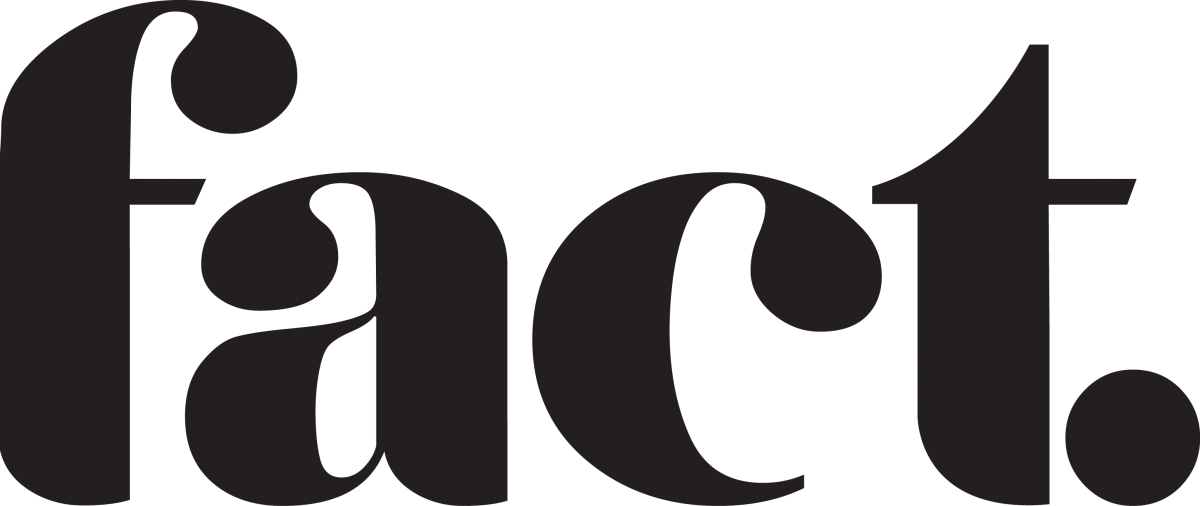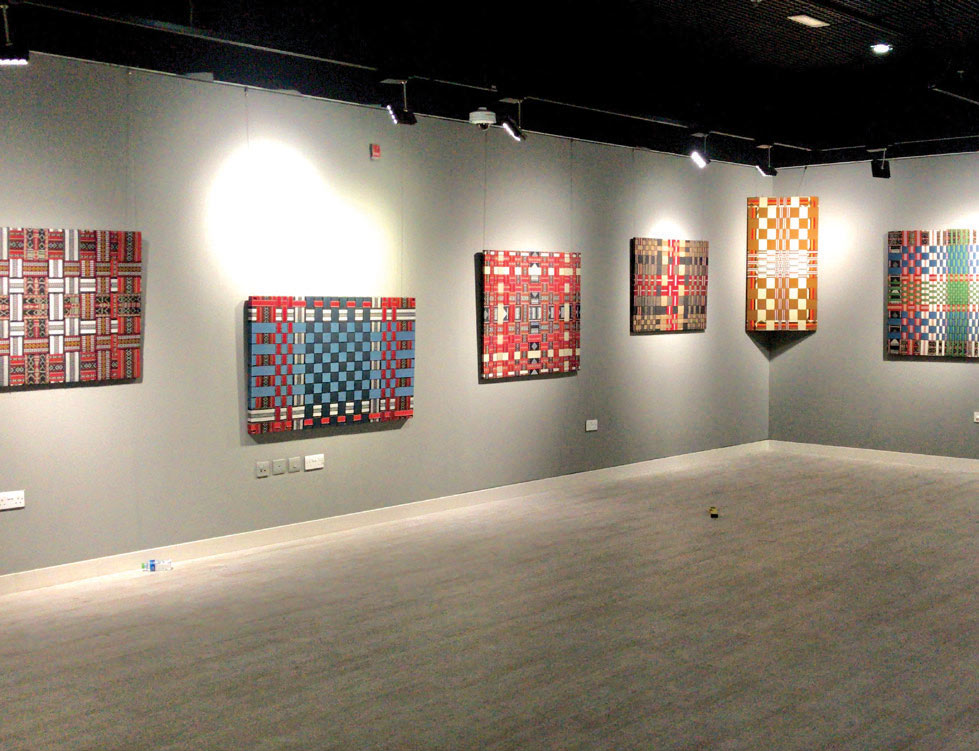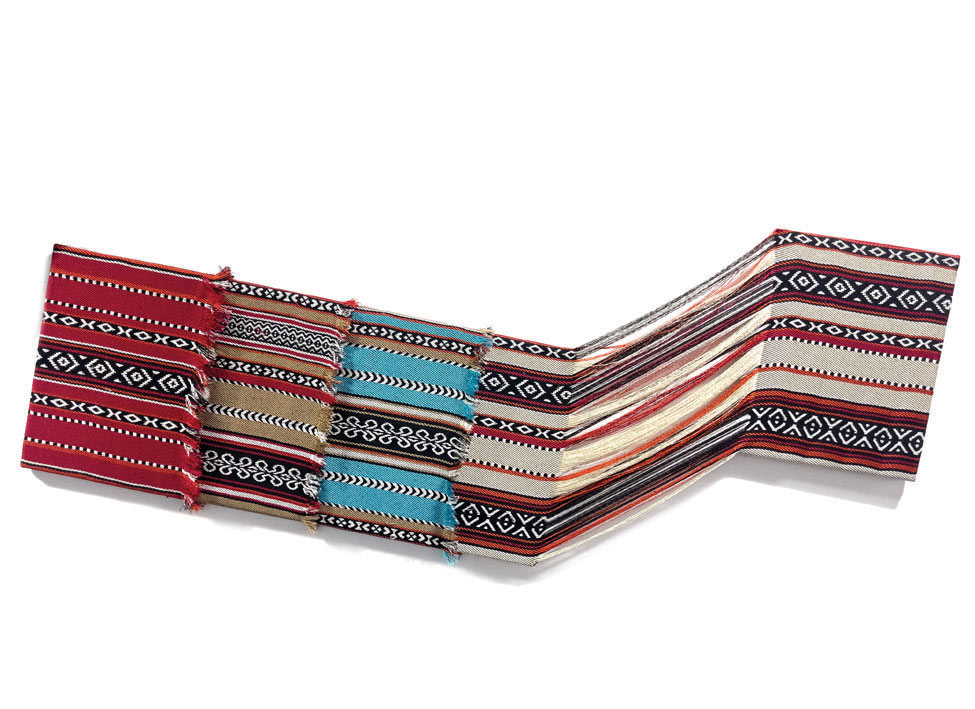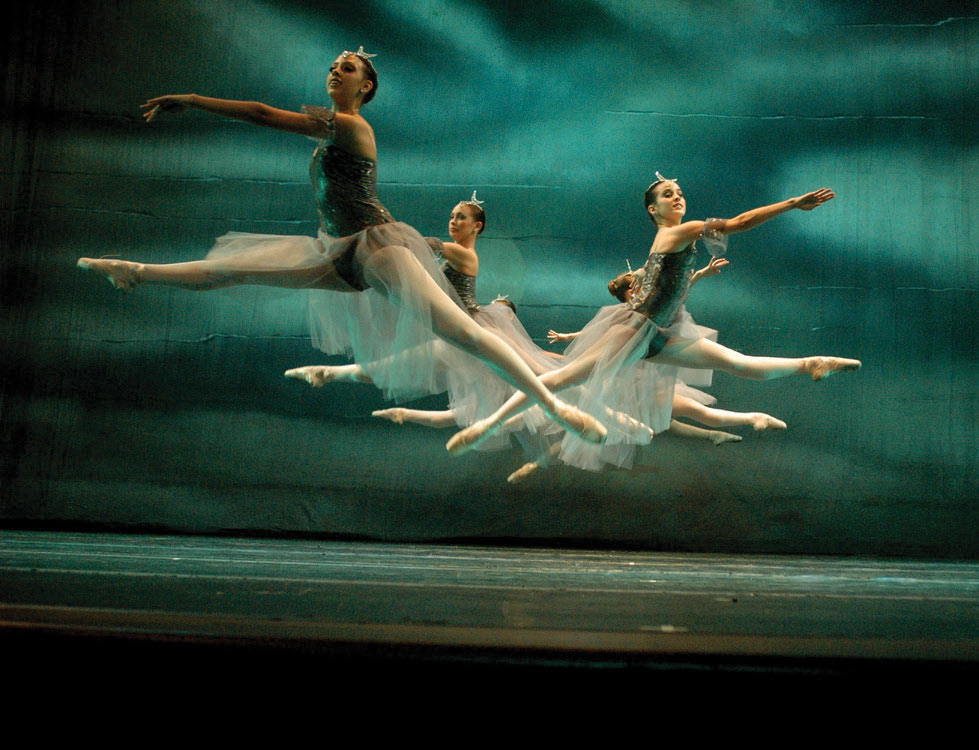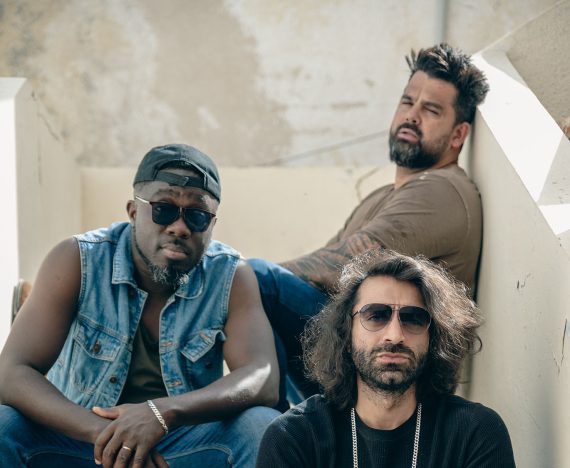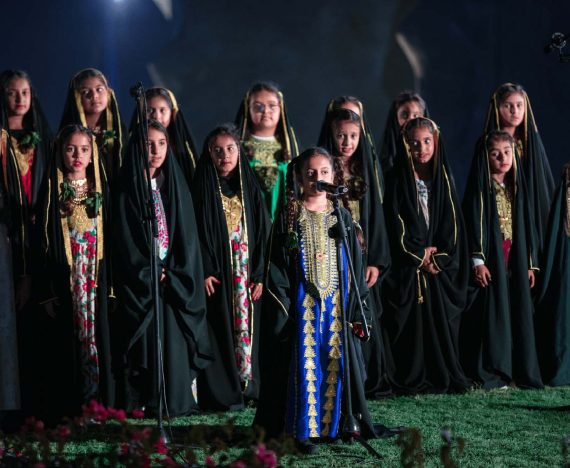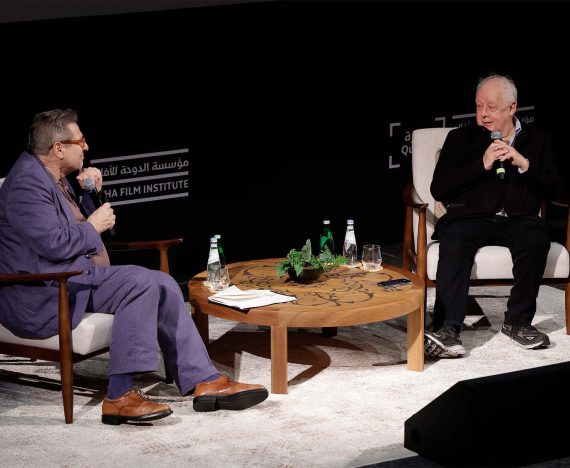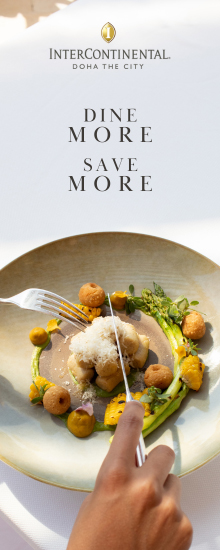WEAVING THROUGH THE TIMES/ BALLET, THE SEA, AND SEDU

Ballet photographer turned Sedu artist captures the importance of culture in his work.
Venezuelan artist Johnatan Tepper is making waves in Doha as he brings the past back to life in his pieces, mainly using traditional Qatari Sedu cloth to add a contemporary twist to the old-fashioned garment.
Calling himself an ‘archaeologist of materials’, Johnatan’s aim is never to diminish their essence, but rather shed light on their heritage and importance in the modern world.
“These materials have one thing in common: they are trying to survive in our time. Using the technique of weaving, I alter their original form, reconstructing the material to help it be reborn as a contemporary artistic expression,” he says. “For me, culture is the result of the art created by the people. Art you see every day, surrounding you like music or cloth, is culture.”
The professional photographer by day and artist by night moved to Doha eight years ago. He thereafter started experimenting with Sedu.
He describes his relocation experience, saying: “Coming from the other side of the world and living in the Middle East has the beauty of feeling you are on another planet. From the ground to the sky, everything is so different. Everywhere I looked I found a new experience or material that could enrich my work. Then I discovered Sedu, the material that has influenced most of my creations in Qatar.” Johnatan is the Director of the Photo and Video department of Social Media Solutions Qatar and has just been appointed as an Artist in Residence at The Fire Station, a contemporary art space that helps promote creative practice in the country. “My first interest was being a photographer,” he says. “So, I studied and prepared myself for that.
“When I met my wife, she told me she was a ballet dancer. I was intrigued and asked her if I could photograph her in one of her performances. It was in a big theatre in Caracas. I am specialised in low-light photography (photography for theatre or low-light conditions and fast movements). It’s a very technical photography and more so in those days. Just one click and it must be in the right time and the right lighting conditions. I finished as tired as the ballet dancers after each performance.
“The company were amazed by the quality of the images and asked me to be the official photographer. Suddenly I was one of the most recognised photographers of ballet in my country doing big presentations in the biggest theaters and for all ballet companies in Caracas, from international dance performances to the most recognised ballet schools. I did that for 10 years and to be honest, I really miss it.”
Johnatan has spent all his working life as a photographer in parallel to his art. He expresses his gratitude for the profession, which has allowed him to develop himself as an artist and support his family and has also given him some of the most precious memories. He eventually pursued a bachelor’s in painting at the Universidad Armando Reveron in Caracas Venezuela and a master’s in public art at the Universidad Politecnica de Valencia in Spain.
“I was an art student in Caracas parallel to my career as a professional photographer. It was fun those days because every time I had a job, I developed the film and looked at the photos at my studio in the university,” he says. “My colleagues would gather around me to see the photos and also spot how many I missed from the 36 frames I had for each roll. With film you don’t know what you get. They used to say out loud to the other artists in the studio ‘First Roll! Three missed photos!’, ‘Second roll! Four missed!’ I really felt so happy to share those moments with my fellow artists and friends.”
Johnatan mainly enjoyed the sea as a child in Venezuela, riding waves and playing sports. His earliest memory of dabbling with art is with his grandmother.
He explains: “My grandmother was Danish and grew up in the countryside of Denmark. She always found ways to makes things. We, my brother and I, were always experimenting and creating things when we were at her house every summer. She taught me how to create landscapes with coloured beans. We played with wooden blocks. With no Netflix or Internet children like us had to find our own entertainment, and that’s what she gave us.
“The special moment came when she brought us our uncle’s Legos. For me, Legos was the starting point of my whole artistic career. The creativity implemented in my early Lego creations is the same inspiration I now use for my art.”
Johnatan has participated in various exhibitions around the world, including his home country as well as the US, Spain and Qatar.
Though being a full-time artist has not come to fruition to this day, it remains his ultimate goal.
His appointment at The Fire Station is challenging him in new ways. He is currently working on the last piece for the upcoming end-of-residency exhibition which will showcase all the artists in residence’s work. ✤



